There’s one tool you need for your software development career that Python doesn’t have. It's called None! Yes, the NoneType in Python. Seriously, with around 137,000 libraries, Python has tools and packages for everything from data science to web development to machine learning.
This article is a light-hearted introduction to some of the most popular—and arguably the most essential—Python libraries I’ve come across in my own learning journey.
Pandas
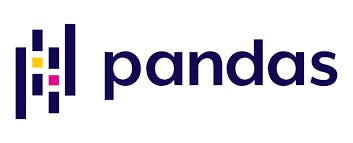
Pandas is an open-source data analysis and manipulation library. It's widely used in data science and machine learning for tasks such as data cleaning, data transformation, and data analysis. With Pandas, you can perform operations like filtering, merging, pivoting, and reshaping your data. Pandas is used in finance, healthcare, and many other industries for data analysis and manipulation.
NumPy

NumPy is a popular library for scientific computing in Python. It provides a fast and efficient way to work with large arrays and matrices. NumPy's powerful array manipulation capabilities make it an essential tool for numerical computations. The library is widely used in scientific computing, image processing, machine learning, and data analysis. Experienced developers consider the library essential for beginners and anyone aspiring to be a full-stack developer.
Pytube

Pytube is often described as a lightweight, dependency-free library packed with features for downloading videos from Youtube. With Pytube, not only can you download Youtube videos easily, but you can also specify the resolution, display the thumbnail, and even get the title of the video. Most programmers rely on Youtube videos to learn, which makes this library a must-know for every beginner.
Matplotlib

Matplotlib, a popular plotting library for Python, is a must-know for data scientists. It provides a wide range of tools for creating visualizations, including line plots, scatter plots, bar plots, histograms, and more. Matplotlib is highly customizable, and you can easily create complex visualizations using its API. it’s widely used in scientific research, finance, and data visualization, in real-world projects such as the visual analysis of COVID-19 data, stock market analysis, and climate data analysis.
Pytorch

PyTorch is a machine-learning framework used for deep-learning applications such as computer vision and natural language processing. It’s open-source software based on the Torch library. Because it simplifies the creation of artificial neural networks, many Python devs prefer the PyTorch framework for deep learning research projects.
Scikit-learn
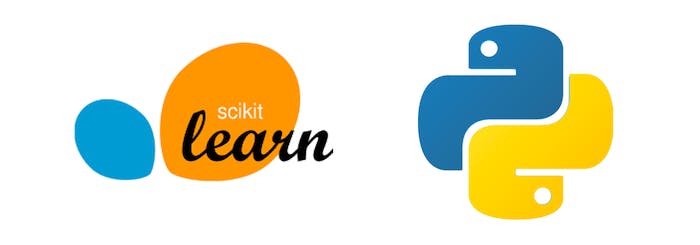
Scikit-learn is another one of Python’s most popular machine-learning libraries. It provides a range of tools for classification, regression, clustering, and dimensionality reduction. Scikit-learn is easy to use, and it has a vast community of developers who contribute to its development. The library is widely used in finance, healthcare, and social media for tasks such as fraud detection, customer segmentation, and sentiment analysis.
PyGame

This is one of the Python libraries that excites me the most. And it’s not just because I can build 2D and 3D game applications with it. The library also has pygame.mixer(), a method packed with all the functionalities you need to build and organize your playlist. It can play, pause, rewind, queue, and adjust the volume of songs. If you’re a music lover, you cannot not love PyGame.
Twisted

Twisted is an open-source, event-driven networking framework that allows developers to build high-performance and scalable network applications. Written entirely in Python, this framework gives developers access to a powerful set of tools for building server applications such as Transfer Control Protocol (TCP), User Datagram Protocol (UDP), Hyper Transfer Text Protocol (HTTP), and Secure Socket Shell (SSH). Read the official documentation to learn more.
Requests
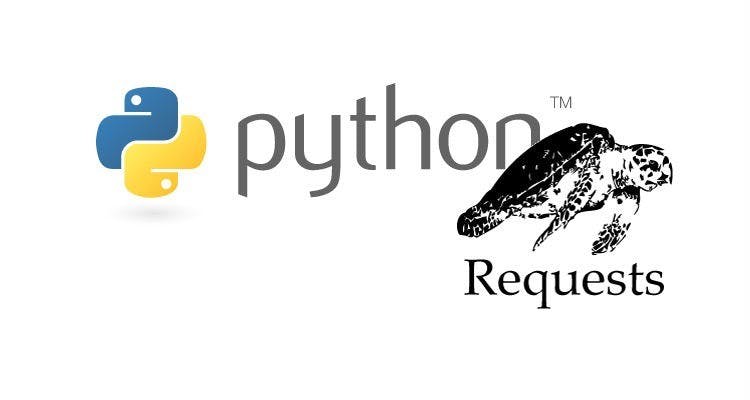
Request is the standard library for making HTTP requests in Python. This elegant library makes the whole process of sending HTTP requests simple, easy to use, and human-friendly, making it extremely useful for web scrapping. The HTTP request returns data is stored in a Response object, allowing you to perform various functions with the data, such as GET, POST, and DELETE.
Pillow (or PIL)

PIL (short for Python Image Library) was the original tool used to deal with images in Python. But it was sunsetted in 2011 and now only supports Python 2. Pillow is a friendly PIL fork that gives you access to awesome image-processing capabilities. There are other popular libraries for image processing such as OpenCV and Scikit-image, but Pillow has proved indispensable because of its powerful, wide-variety features that put it on par with image-editing software like Photoshop.
TensorFlow
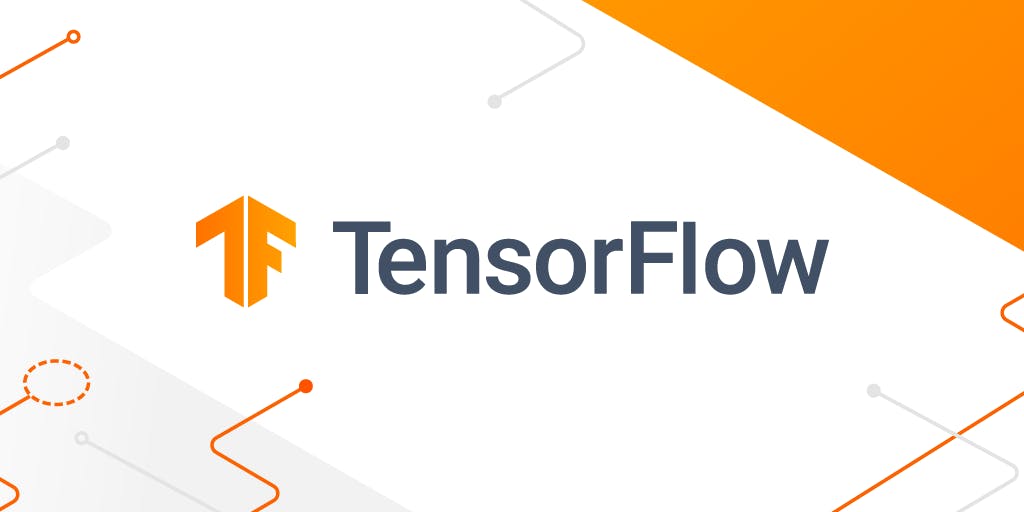
TensorFlow is an open-source artificial intelligence and machine learning platform for fast numerical computation. It’s used specifically for the training and interfacing of machine learning models. Created and maintained by Google, TensorFlow runs three times faster than PyTorch, and it supports CPUs, GPUs, and mobile devices. Shape and dtype are TensorFlow’s most basic features.
This basic usage guide offers a quick overview of TensorFlow basics. Check it out!
Collections
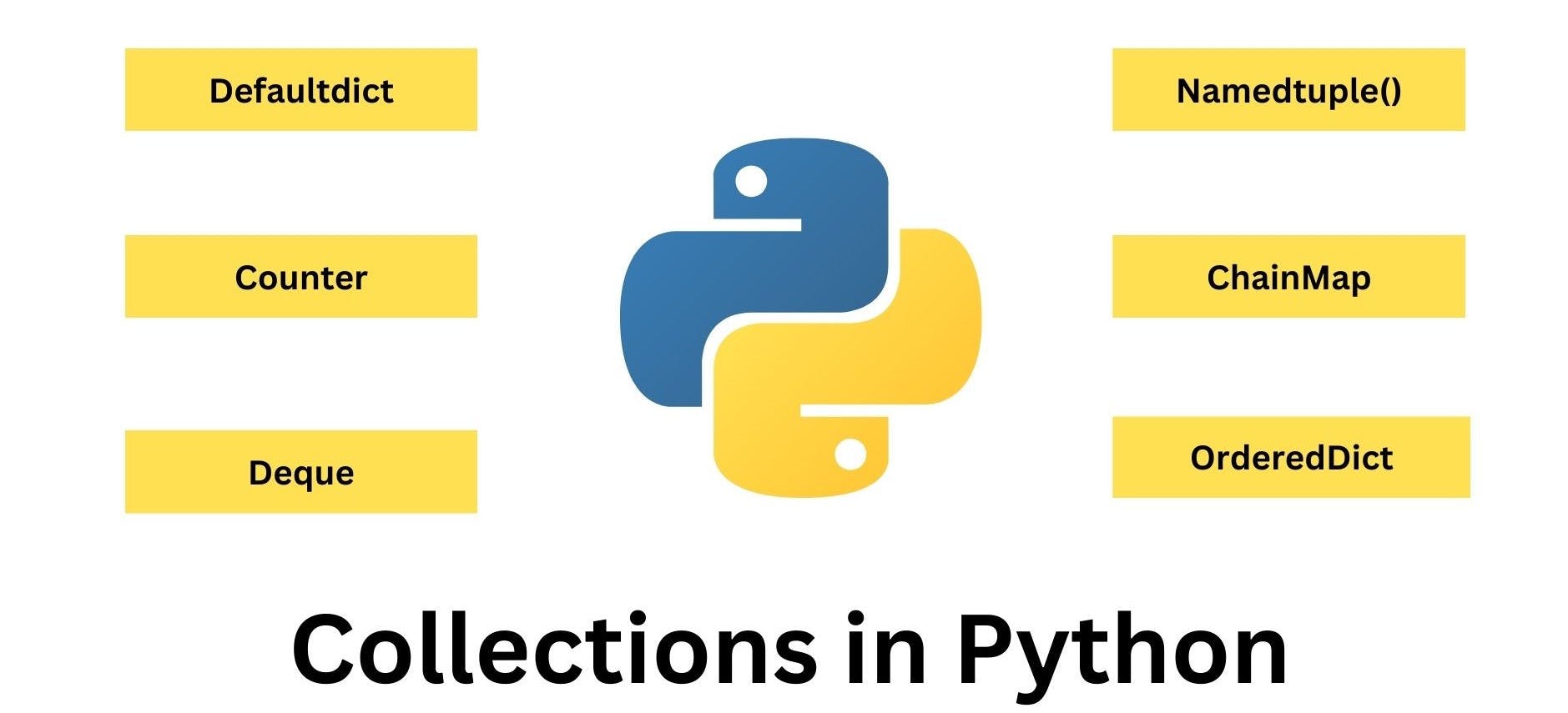
This is one extremely useful module I feel not enough developers are talking about. The collections module has some very specialized, super useful data structures, such as deque, which makes adding and removing components from a list very easy, and ChainMap, which organizes multiple mappings into a single view.
One of the strengths of the Python programming language is its extensive library. All of these libraries play important roles in the fields of data science and machine learning.

